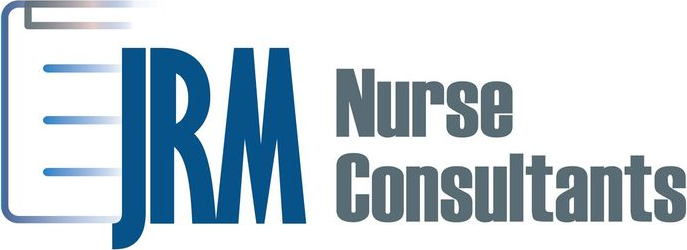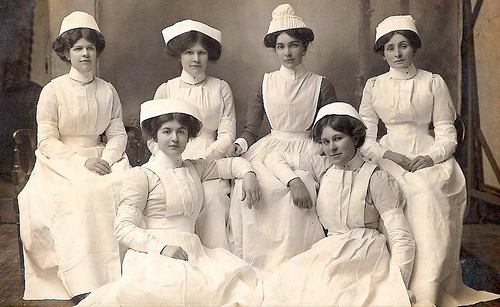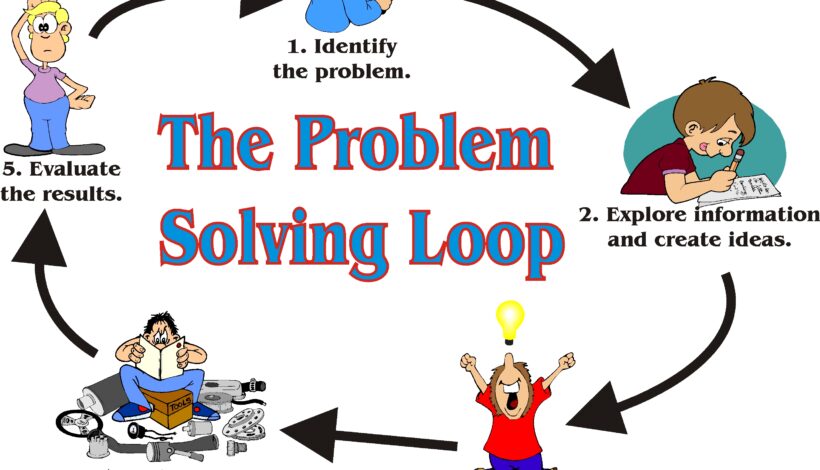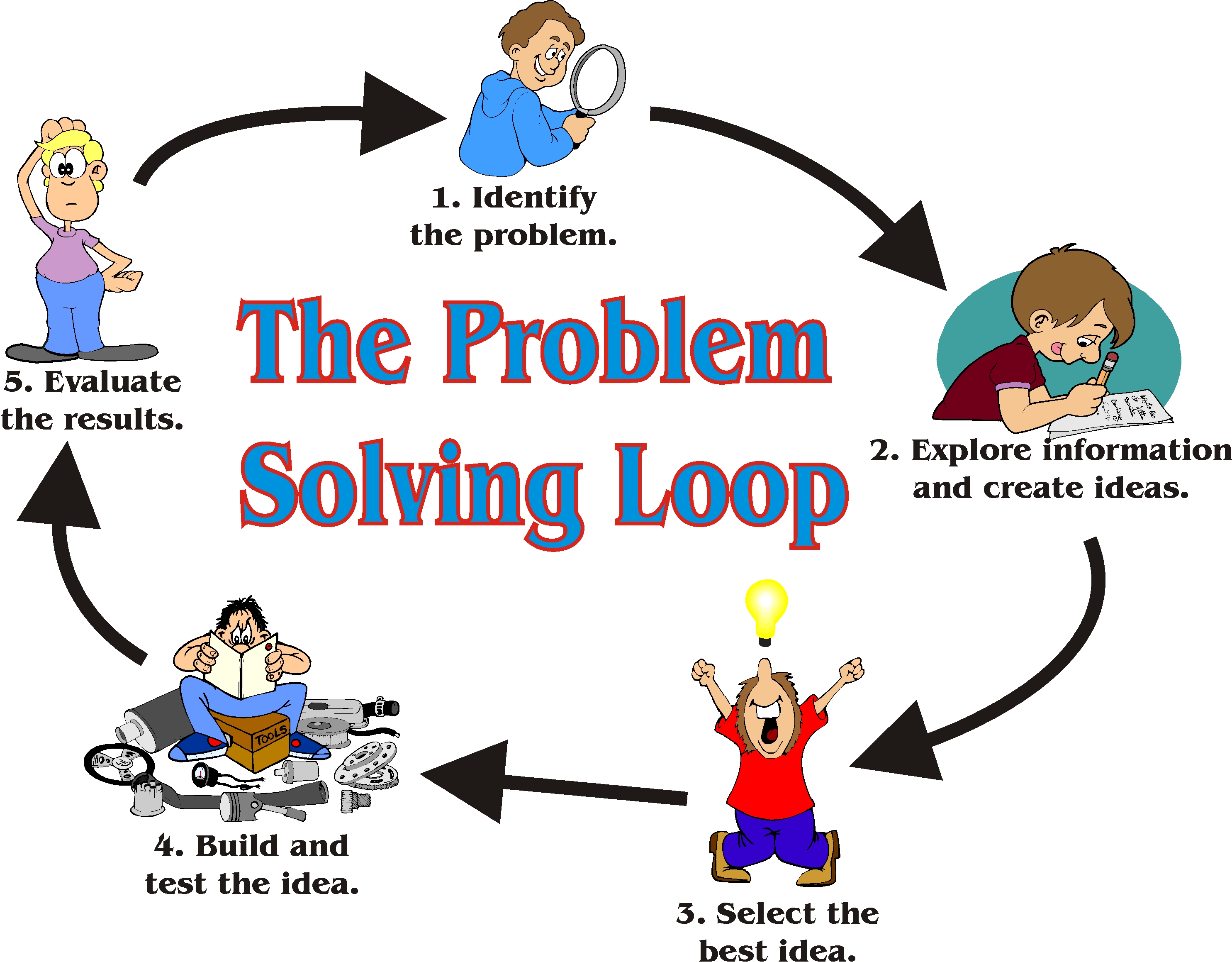In some managed care organizations, there are several factors that inhibit critical thinking skills to be utilized. Some of these factors are contract led and others are management style. Long term care programs are mandated by the state to follow a certain protocol on managing their cases for the members that are seen. The care part for the member is not an issue, however the reports and assessments that are required to be filled out, keep the case manager from adequately spending appropriate time with the member. If there is one item not completely filled out, the assessment will be returned by the state. The assessment is at times sent back late from the state, forcing the case manager to redo the entire assessment that can easily take two hours. This in turn causes a high turnover of staff because the demands on their time as salaried employees working 12 plus hours and 6-7 days per week are not what they want to do.
These company cultures do not lend themselves for new implementations for a better way to manage the staff and their time. The industry has seen some of the staff say that they have PTO (it should be paid time off) but at times they are still checking emails and phone messages for fear of getting behind, so one has to ask themselves are they on paid time off or pretend time off? One manager cannot implement changes in the entire company, but with their own team they can apply evidence based nursing and critical thinking skills to make a difference internally. 
Some ideas that a manager can work on with their team can be, discussing best practices for different aspects of the job. It seems that all team members and managers have to address emails, projects and reports, these will always interrupt the flow of the day. The team however, can control when they see their patients, make phone calls and when notes are entered in the system. When a manager is preparing to discuss the best practices, some things to consider can be based on the issues that the staff come up with ahead of time during the week or audits on their files. This can help the morale of the staff as well as their performance, decreasing the amount of turnover. (Marchionni & Ritchie, 2007)
In conclusion, every manager has their own style of managing. The best style of management is always going to be one that empowers employees to do their job based on examples and positive reinforcement. If all the employee ever hears is what they did wrong and never a word of praise, the employee will not strive after a while to grow and better themselves.
” A word aptly spoken is like apples of gold in settings of silver.” Proverbs 25:11
Written by Rosie Moore, RN, BSN , LNC
















